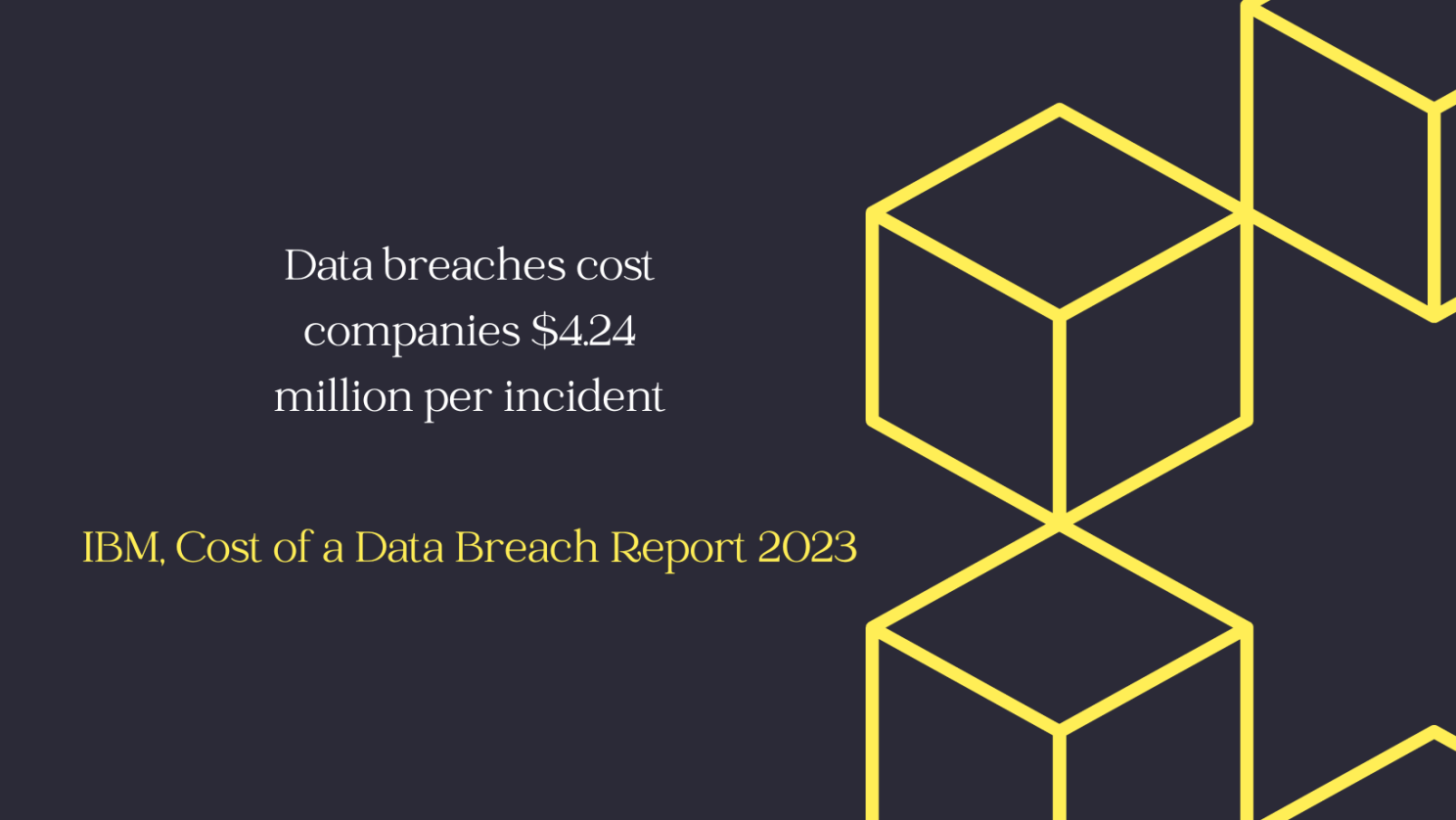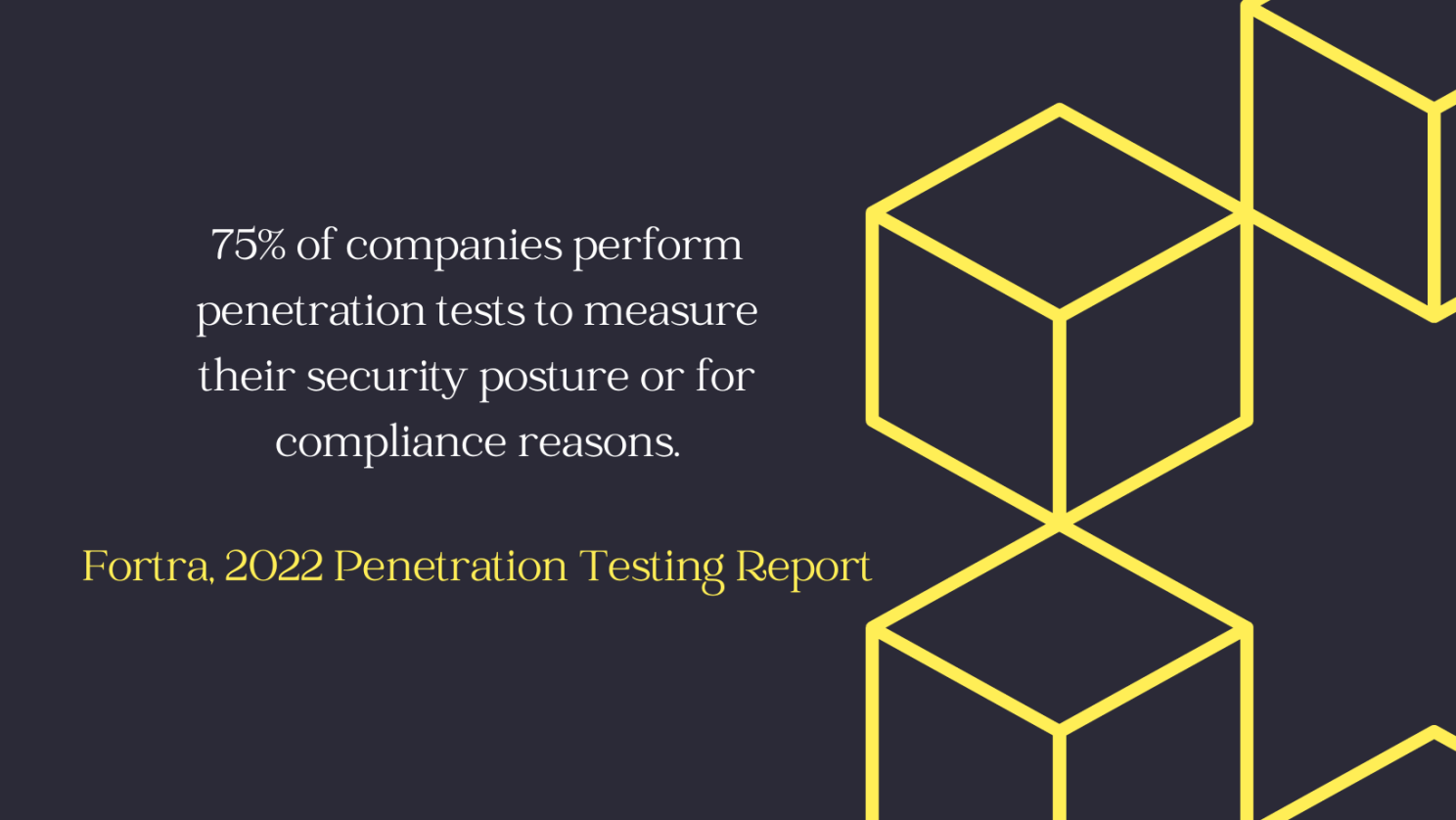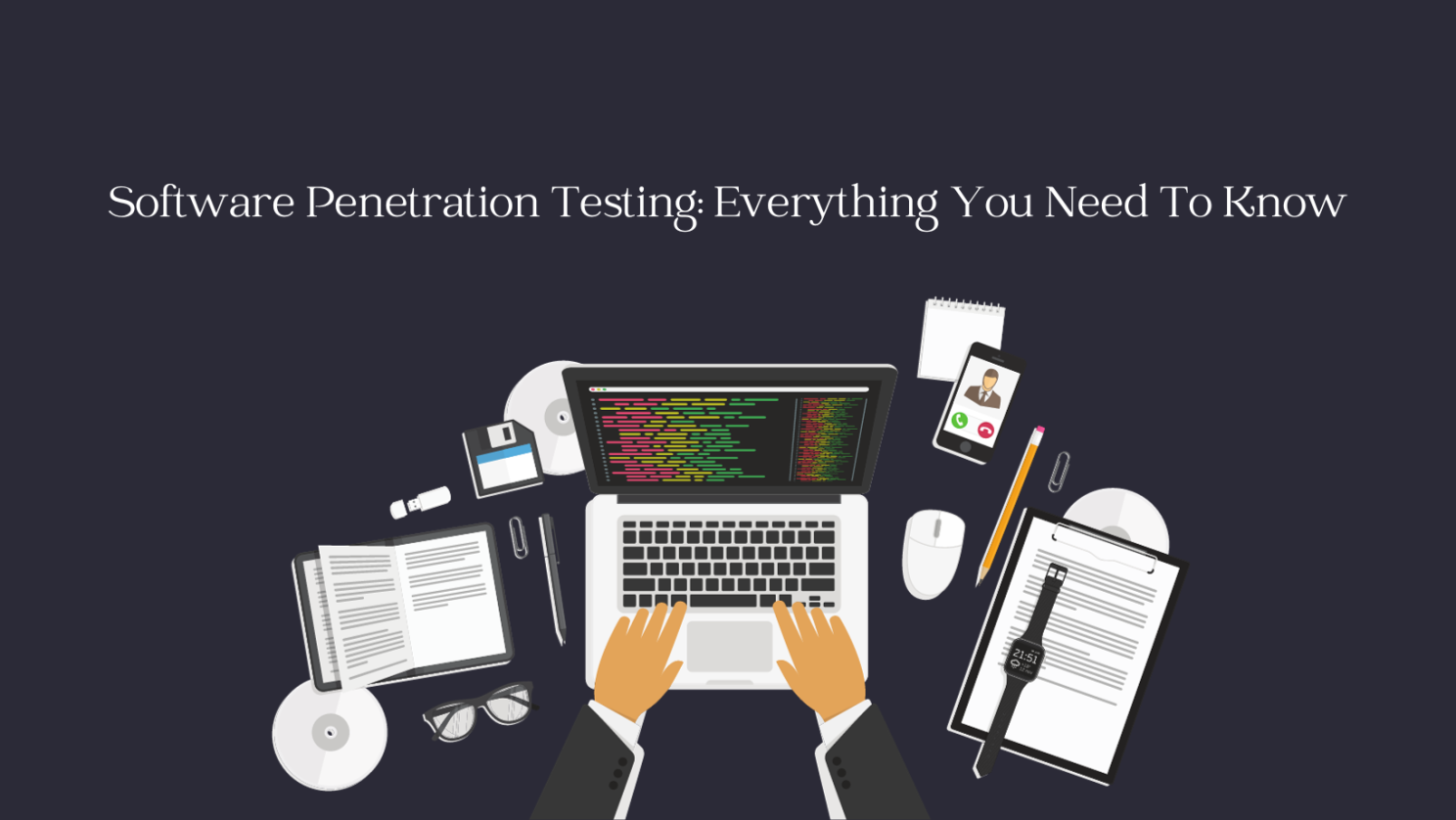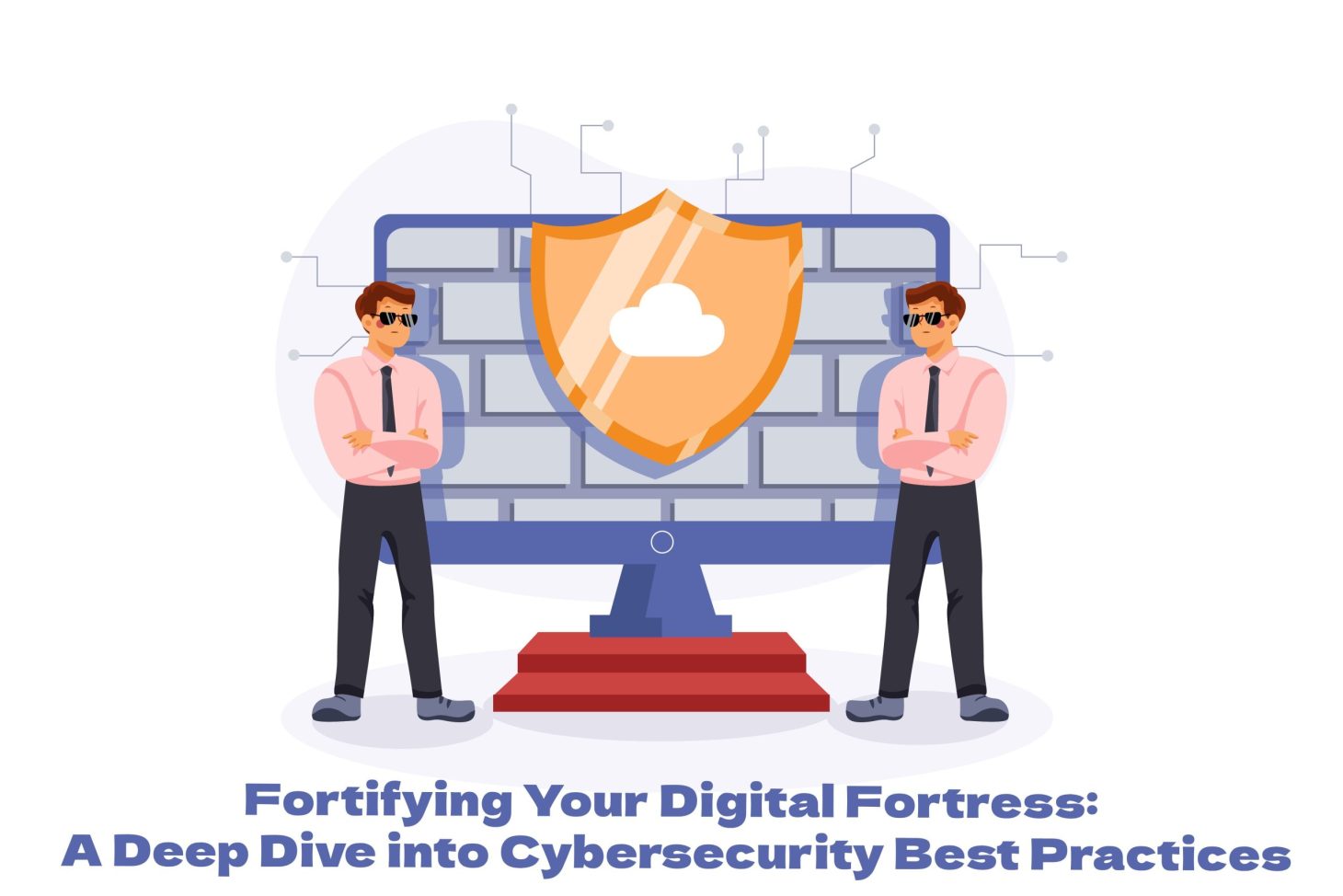The consequences of such breaches can be staggering, with each incident costing $4.24 million, as indicated by IBM’s cost of data breach study. In cases of mega breaches involving tens of millions of records, the financial impact can skyrocket to a staggering $400 million.

However, there is a powerful defense mechanism that organizations can employ to protect their valuable data and systems – Penetration Testing. This article will delve into what penetration testing entails, how it aids in fortifying software security, and the importance of a well-structured software security test plan.
What is Penetration Testing?
Penetration Testing, often referred to as pen testing, is the systematic process of identifying security vulnerabilities within a software application, system, or network. It involves the deployment of various malicious techniques, all under the umbrella of authorized simulated attacks. The primary objective is to uncover weaknesses within the system that could be exploited by malicious entities, such as hackers, to gain unauthorized access to sensitive information.
The Ethical Hacker: A Key Player
A penetration tester, sometimes referred to as an ethical hacker, plays a pivotal role in this process. They are individuals or professionals with specialized skills in probing for system vulnerabilities. Their job is to simulate potential cyber threats, assess the system’s defenses, and uncover any vulnerabilities before malicious actors can exploit them. Ethical hackers are instrumental in helping organizations stay one step ahead in the perpetual battle against cyber threats.
In the following sections, we’ll explore the nuances of penetration testing, the merits of automated penetration testing software, and the significance of crafting a comprehensive software security test plan to ensure the robust protection of your digital assets. Stay tuned for a deeper understanding of this crucial facet of modern cybersecurity.
Benefits of Software Penetration Testing
In today’s dynamic cybersecurity landscape, the role of software penetration testing is indispensable. Whether you’re a business owner, an IT manager, or a security-conscious individual, grasping the pivotal importance of penetration testing is crucial. Without it, your organization remains vulnerable to cyber threats, data breaches, and identity theft.
A striking testament to its significance is that 75% of companies actively conduct penetration tests. They employ these tests to evaluate their security posture and to adhere to compliance requirements. For 57% of these businesses, penetration testing plays a central role in supporting their vulnerability management programs, offering invaluable insights into potential weaknesses.

Penetration testing represents the culmination of a comprehensive security assessment. It stands out due to its high-risk, real-world simulation approach. By adopting an outsider’s perspective, penetration testers uncover vulnerabilities that internal assessments might miss. Whether conducted manually or with automated penetration testing software, these tests are crucial for maintaining robust cybersecurity.
Here are seven compelling benefits of penetration testing for your company:
Reveal Vulnerabilities: Penetration testing uncovers weaknesses in your system, application configurations, and network infrastructure. It goes beyond technical vulnerabilities to consider human factors and user behavior, offering recommendations for security improvements.
Show Real Risks: By attempting to exploit vulnerabilities, penetration testers simulate what real-world attackers could achieve. This differentiates high-risk vulnerabilities from those less likely to be exploited.
Test Your Cyber-Defense Capability: Penetration tests evaluate your ability to detect and respond to intrusions swiftly, whether they originate from malicious actors or security experts probing your defenses.
Ensure Business Continuity: Identifying potential threats and vulnerabilities helps safeguard business operations from unexpected disruptions.
Have a Third-Party Expert Opinion: Reports from third-party experts carry weight in influencing management decisions and resource allocation, enhancing responsiveness to identified issues.
Follow Regulations and Certifications: Industry and legal compliance requirements often mandate penetration testing, with standards like ISO 27001 or PCI regulations specifying the need for regular tests conducted by skilled professionals.
Maintain Trust: A robust cybersecurity posture, backed by a history of security reviews and penetration tests, fosters trust among customers, suppliers, and partners.
Types of Software Penetration Testing
Software penetration testing is not a one-size-fits-all approach; it encompasses various specialized types to address the diverse facets of an organization’s digital landscape. Each type is tailored to scrutinize specific areas, ensuring a comprehensive evaluation of vulnerabilities and security strengths. Let’s explore some of the key categories:
Mobile Application Penetration Testing
Mobile application penetration testing focuses on evaluating the security of mobile applications. Highly skilled penetration testers assess these apps to uncover vulnerabilities and gauge the potential risks posed to an organization if these vulnerabilities are exploited. This process employs a range of techniques, tools, and practices to scrutinize aspects like authentication, authorization, data leakage, and code injection within mobile applications.
Web Application Penetration Testing:
Web application penetration testing is a critical security measure for assessing the vulnerabilities within web systems. Regularly conducting this type of testing ensures that sensitive information remains protected and inaccessible to unauthorized individuals or employees. It offers insights into the web system’s susceptibility to malicious attacks.
Blockchain Penetration Testing
Blockchain penetration testing involves the evaluation of blockchain-based solutions or applications. Ethical hackers and security professionals perform this security assessment to identify weaknesses in the blockchain architecture, analyze the threat landscape, and guide security operations teams in developing effective security strategies. It is crucial for organizations leveraging blockchain technology to ensure the integrity and security of their data.
Cloud Penetration Testing
Cloud penetration testing is executed using a combination of techniques, such as penetration testing and attack simulations, from a cloud environment toward a target hosted on a cloud platform. The primary objective is to assess the security of the cloud environment, gain access to systems within the cloud, identify cloud-related vulnerabilities, and provide recommendations to mitigate these vulnerabilities. As businesses increasingly rely on cloud infrastructure, the need for robust cloud penetration testing has grown significantly.
3 Approaches to Perform Software Penetration Testing
Software penetration testing is versatile, offering three distinctive approaches tailored to different levels of internal software knowledge:
White Box Testing is an in-depth examination of software internals, typically conducted by knowledgeable developers or testers. It occurs during the development phase, scrutinizing code, logic, and system design.
Black Box Testing contrasts by not requiring prior knowledge of software internals. Testers take an uninformed attacker’s approach, concentrating on functionality. It’s ideal for uncovering external threat vulnerabilities.
Gray Box Testing combines elements of White Box and Black Box methodologies. Testers have partial knowledge of the code and infrastructure, offering a balanced approach. It evaluates software with a practical understanding of its inner workings while maintaining an element of surprise.
The choice of approach depends on specific software requirements and testing goals. White Box is suited for in-depth analysis, Black Box simulates real-world attacks, and Gray Box provides a pragmatic blend.
Get Started On A Software Security Test Plan
The importance of software penetration testing cannot be overstated in a digital landscape marred by increasing cyber threats. As the Global Penetration Testing Market continues to expand, its value is projected to reach a substantial USD 5.28 Billion by 2028, with a remarkable CAGR of 15.97% over the forecast period.
In an era where hacking poses a significant and growing risk, safeguarding your software and data is paramount. Companies cannot afford to underestimate the potential vulnerabilities in their systems, and one of the most effective means of averting security breaches is by enlisting the services of a penetration testing company.
Sphere Outsourcing stands as a trusted leader in the field, offering comprehensive penetration testing services that are relied upon by both small and large companies. Our team conducts rigorous Software Penetration Testing to ensure the security and compliance of applications and software with the highest security standards and regulations.
With 1025 projects successfully carried out worldwide and an impressive customer satisfaction rate of 94%, Sphere Outsourcing demonstrates its commitment to fortifying your digital assets and protecting your business from the ever-evolving threat landscape. Trust in our expertise to safeguard your software and data, ensuring your peace of mind in a cyber-resilient world.




